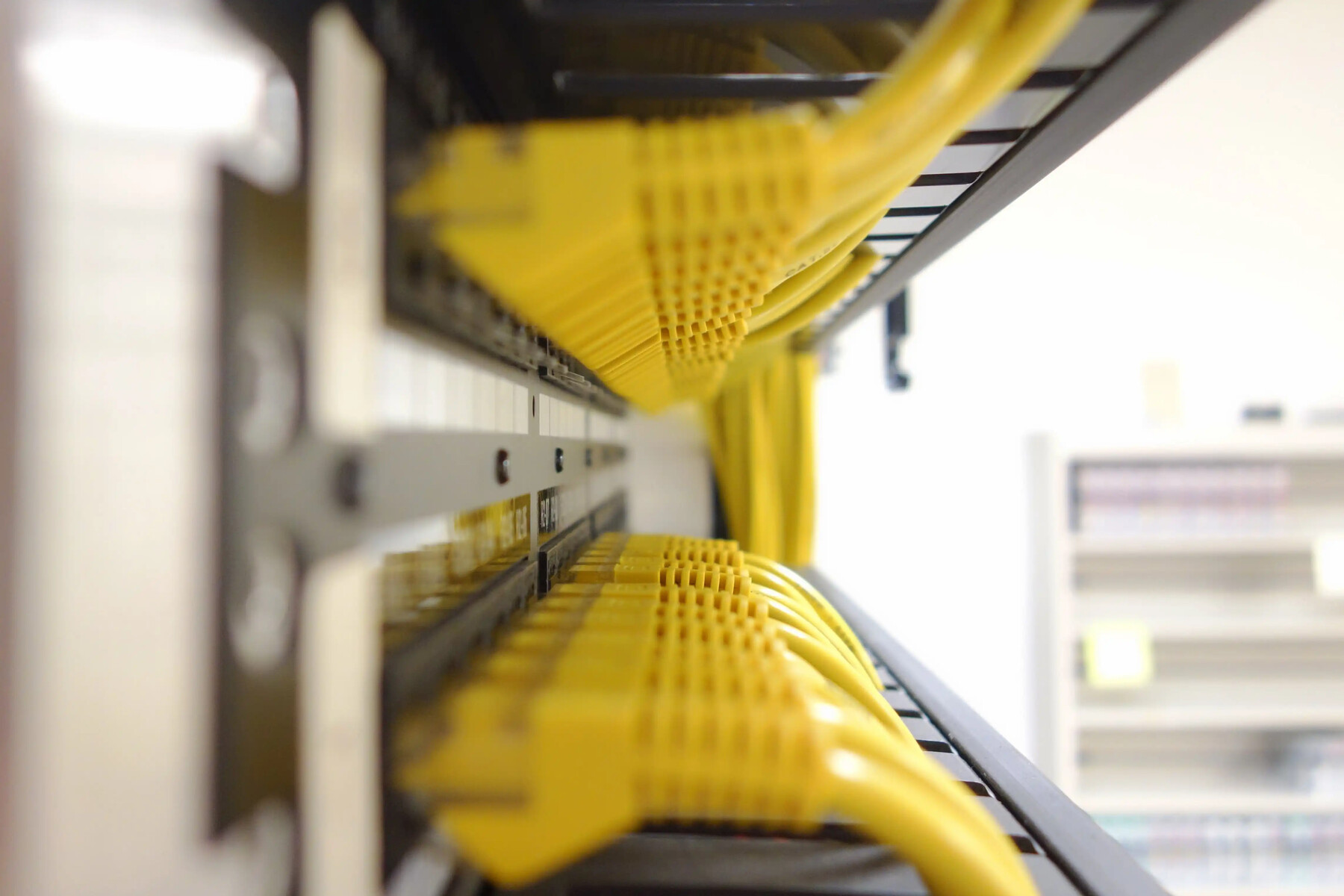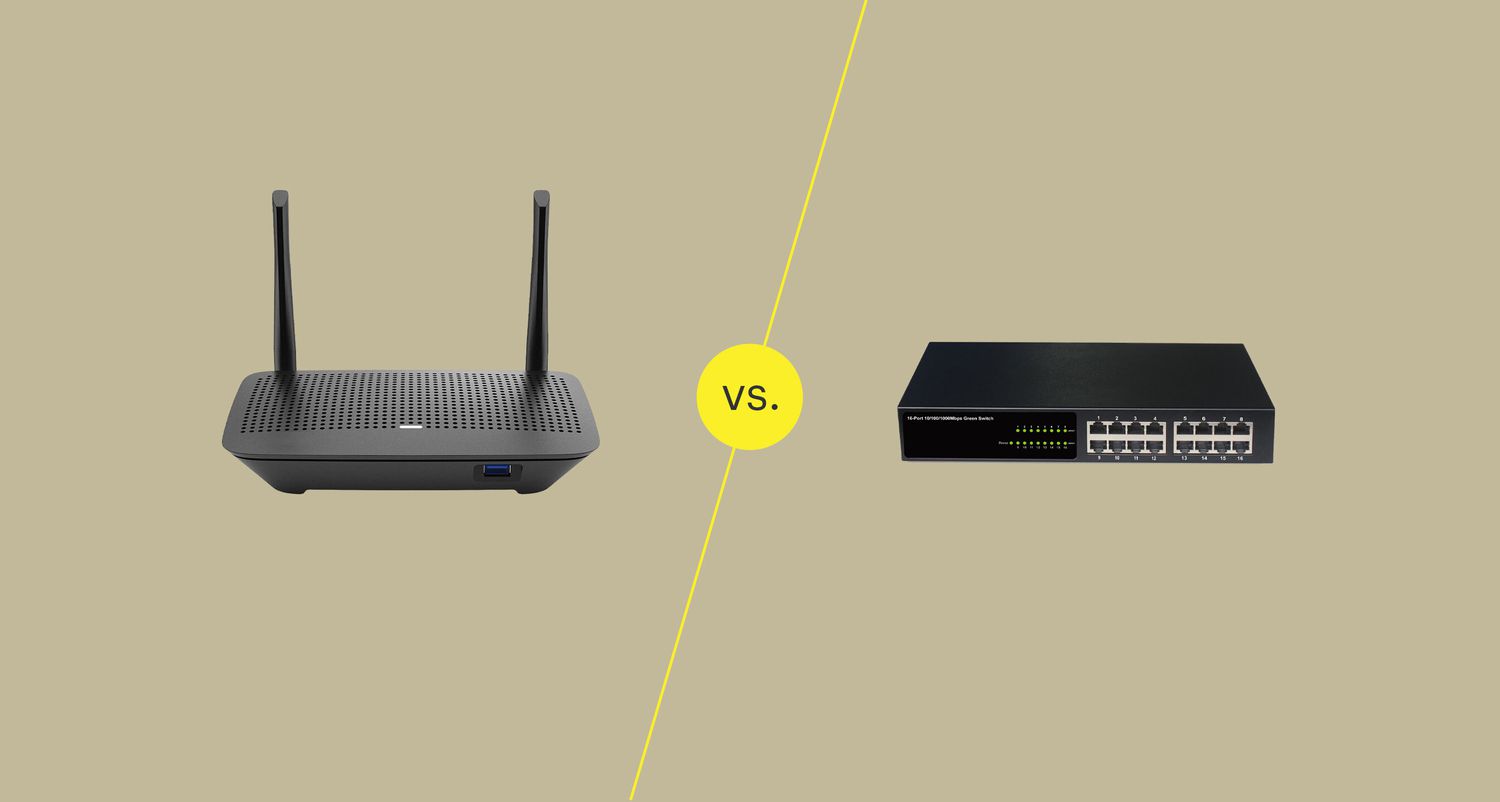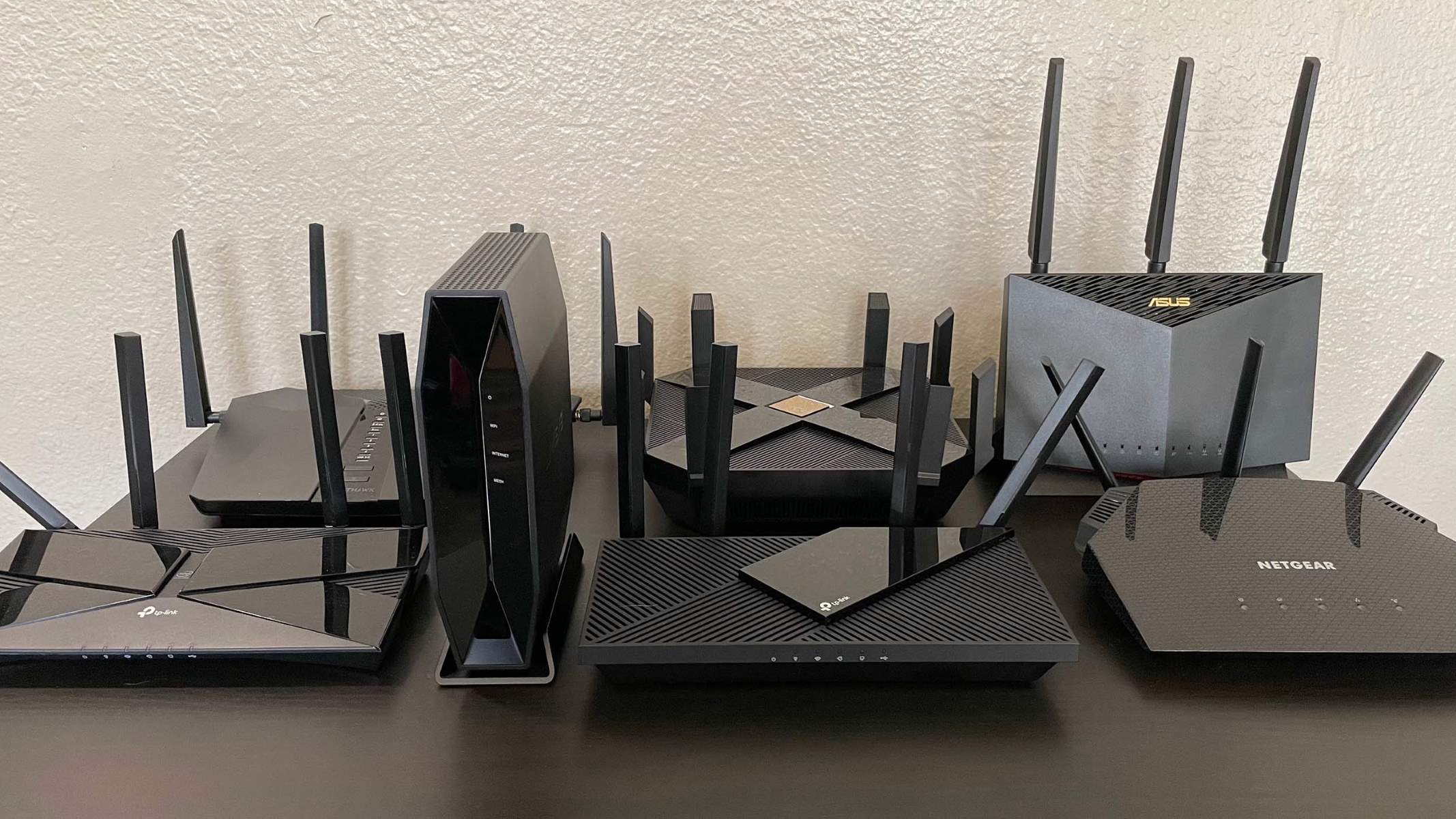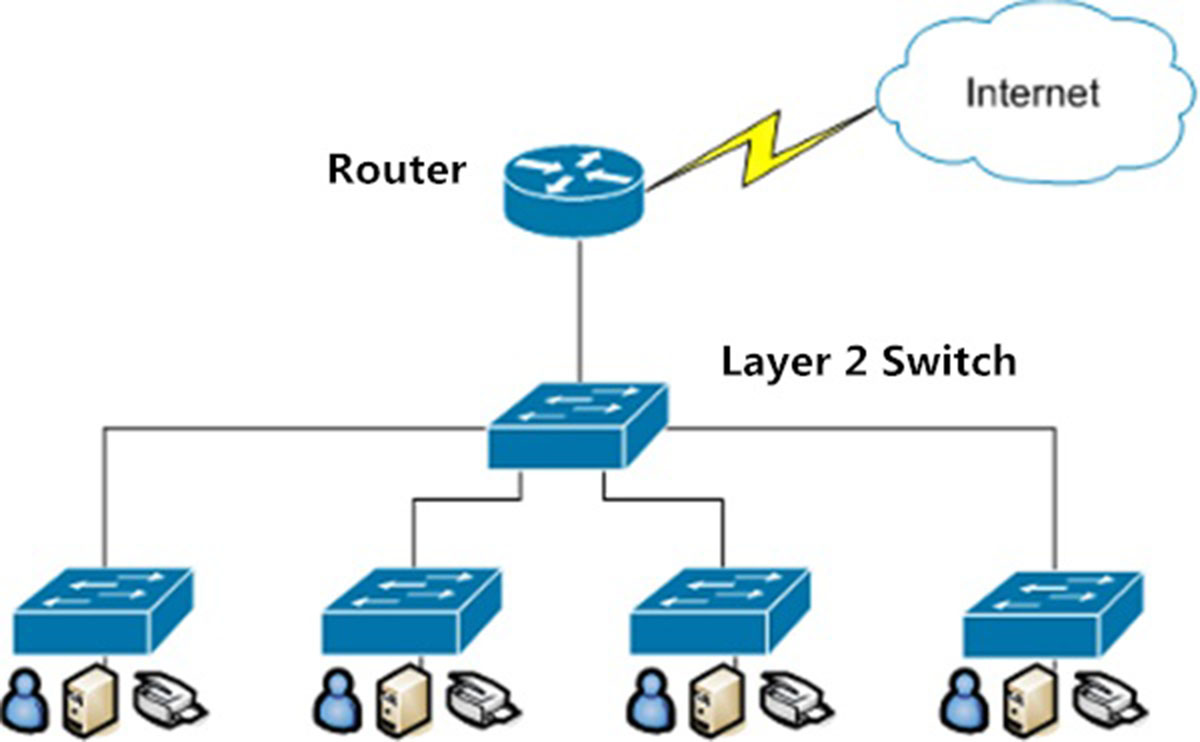Introduction
Understanding the Function of a Network Switch in the OSI Model
When delving into the world of networking, it's essential to comprehend the intricate layers and components that form the foundation of communication protocols. The OSI (Open Systems Interconnection) model serves as a fundamental framework for understanding how data is transmitted across a network. At the core of this model lies the network switch, a pivotal device that operates within a specific layer. This article aims to shed light on the layer within the OSI model where a network switch typically functions, providing a comprehensive understanding of its role in facilitating seamless data transmission.
In the realm of networking, the OSI model serves as a conceptual tool that aids in comprehending the intricacies of network communication. This model consists of seven layers, each playing a distinct role in the process of transmitting data. Understanding the functions of these layers is crucial for grasping the operation of network devices such as switches.
The network switch, a fundamental component of modern networking infrastructure, operates within a specific layer of the OSI model. By exploring its role within this framework, we can gain valuable insights into the efficient management and routing of data packets within a network. This article will delve into the details of the OSI model, elucidate the functionality of network switches, and elucidate the layer where a network switch typically operates. Let's embark on a journey to unravel the intricacies of the OSI model and the pivotal role played by network switches within this framework.
Overview of the OSI Model
The OSI (Open Systems Interconnection) model serves as a foundational framework for understanding the intricacies of network communication. Comprising seven distinct layers, the OSI model delineates the various stages involved in transmitting data across a network. Each layer plays a specific role in ensuring the seamless exchange of information, and understanding these functions is essential for comprehending the operation of network devices, including switches.
The seven layers of the OSI model are as follows:
- Layer 1: Physical Layer – This layer deals with the physical connection between devices and encompasses the transmission of raw data over a physical medium, such as cables or wireless signals.
- Layer 2: Data Link Layer – Responsible for node-to-node communication, this layer ensures the error-free transfer of data frames between adjacent network nodes.
- Layer 3: Network Layer – Focused on the logical addressing and routing of data, this layer enables the efficient transmission of packets across interconnected networks.
- Layer 4: Transport Layer – This layer manages end-to-end communication and is responsible for error detection and recovery, ensuring the reliable delivery of data between hosts.
- Layer 5: Session Layer – Facilitating the establishment, maintenance, and termination of sessions between applications, this layer ensures synchronized communication between devices.
- Layer 6: Presentation Layer – Concerned with data representation and encryption, this layer ensures that information is presented in a format that the application layer can interpret.
- Layer 7: Application Layer – The topmost layer of the OSI model, it provides network services directly to user applications and is responsible for application-level functions such as file transfers and email services.
By comprehensively understanding the distinct roles of each layer in the OSI model, we can gain valuable insights into the hierarchical structure that governs network communication. This foundational knowledge sets the stage for exploring the specific role of network switches within this intricate framework.
Understanding the Network Switch
At the heart of modern network infrastructures, the network switch plays a pivotal role in facilitating efficient and secure communication between devices. Unlike traditional hubs that operate at the physical layer (Layer 1) of the OSI model and indiscriminately broadcast data to all connected devices, a network switch operates at the data link layer (Layer 2) and makes intelligent decisions to selectively forward data only to the intended recipient. This distinction allows for enhanced network performance, reduced collision domains, and improved security through the segmentation of network traffic.
Network switches are equipped with multiple ports, each serving as a connection point for devices within a network. These ports enable seamless communication by creating individual communication channels, known as micro-segmentation, between connected devices. As a result, network switches effectively mitigate network congestion and enhance the overall efficiency of data transmission.
Understanding the internal mechanisms of a network switch is crucial for comprehending its role within the OSI model. Switches utilize MAC (Media Access Control) addresses to identify devices on the network, creating a table that maps MAC addresses to the corresponding physical ports. This enables switches to intelligently forward data frames to the appropriate port, optimizing the flow of information within the network.
Moreover, network switches can operate in various modes, including unmanaged, managed, and layer 3 switches, each offering distinct capabilities tailored to specific networking requirements. Managed switches provide advanced features such as VLAN (Virtual Local Area Network) configuration, port mirroring, and Quality of Service (QoS) settings, empowering network administrators to exert granular control over network traffic and security.
By delving into the intricacies of network switches, we can gain a deeper appreciation for their role in optimizing network performance, enhancing security, and facilitating seamless communication between devices. The next step in unraveling the significance of network switches lies in understanding the specific layer of the OSI model where these devices typically operate.
The Role of a Network Switch in the OSI Model
Within the OSI (Open Systems Interconnection) model, the network switch operates primarily at the data link layer (Layer 2). This layer is pivotal in ensuring reliable node-to-node communication and serves as a bridge between the physical layer and the network layer. By functioning at this layer, network switches play a crucial role in optimizing the transmission of data within a local area network (LAN) and are instrumental in enhancing network performance and security.
At the data link layer, network switches utilize MAC (Media Access Control) addresses to intelligently forward data frames to the intended recipient, effectively reducing unnecessary network traffic and minimizing data collisions. This process of selectively forwarding data based on MAC addresses enhances the efficiency of data transmission and contributes to the seamless flow of information within the network.
Moreover, network switches facilitate the creation of collision domains, isolating network segments and preventing packet collisions that can degrade network performance. By segmenting the network into distinct collision domains, switches effectively reduce the likelihood of data collisions, thereby optimizing the overall throughput and reliability of the network.
Furthermore, the role of network switches extends to enhancing network security by implementing VLAN (Virtual Local Area Network) configurations and providing port-based security features. VLANs enable the logical segmentation of a network, allowing network administrators to isolate traffic and restrict communication between specific devices, thereby bolstering network security and privacy.
Additionally, the intelligent management of network traffic through features such as Quality of Service (QoS) settings further underscores the pivotal role of network switches in ensuring efficient data transmission within the OSI model. By prioritizing critical data packets and regulating bandwidth allocation, switches contribute to the seamless delivery of time-sensitive applications and services, thereby enriching the overall user experience.
Understanding the strategic positioning of network switches within the OSI model illuminates their critical function in optimizing network performance, enhancing security, and fostering efficient communication between networked devices. By operating at the data link layer, network switches play a foundational role in shaping the seamless flow of data within modern network infrastructures.

























